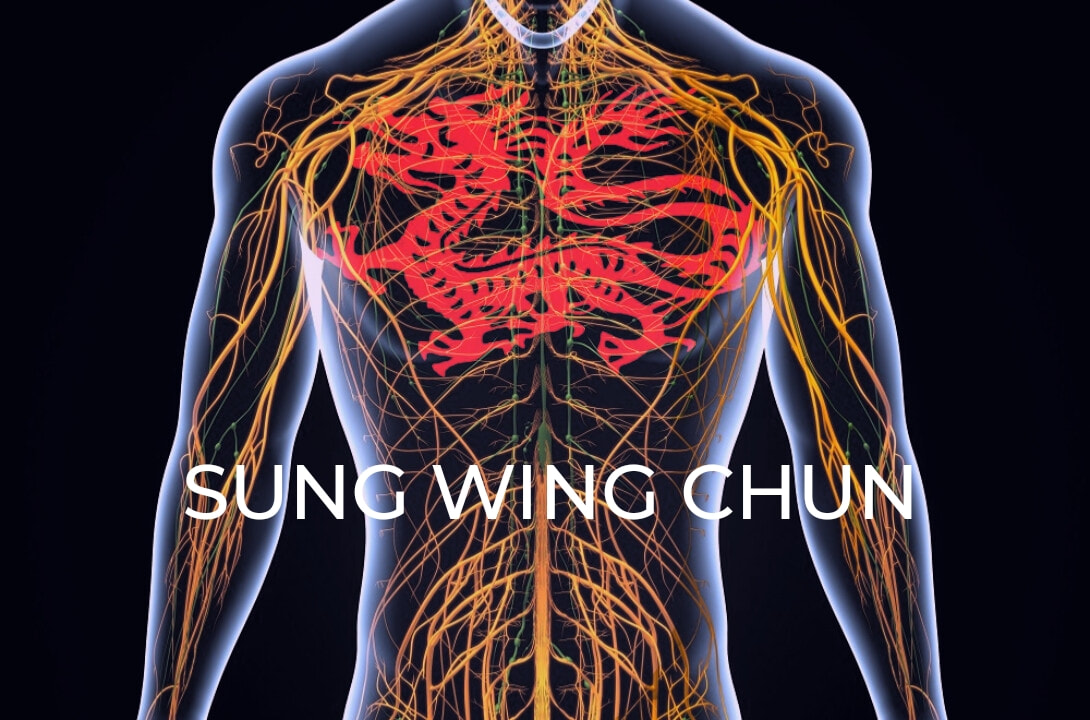|
When my friend Kris Collins moved to Hong Kong in 2006 to train with Chu Shong Tin, we waited with baited breath for him to relay stories back of epic chi sau battles, fights on roof tops and a rapid progression through the wing chun system. However, the stories that came back were a bit different. He told us was about a guy from Australia (Seb) who had been there for one year had been able to demonstrate the power of Nim Lik. He had done this by working on his stance training 5 nights a week, 5 hours a night. We did not know what Nim Lik was, but Kris told us that Chu ShongTin ascribed his abilty to produce unstopable force from this power, and that up until that point none of his students had achieved it.
When we finally got to Hong Kong in 2007-08, everyone was still standing with very little chi sau going on. Once we tested Chu shong Tin and his students we soon understood why. The power was unstoppable, not in a brute force way, but you could not figure out where it came from. The more you tried to stop it, the more uncomfortable it was. To be honest however, deep down I was not totally convinced, I wanted to feel crushing power everytime I touched Sigung, but his demonstration were sometimes about the quality of the movement, something I did not understand at the time. Also , his level of skill we so high it seemed to me students were expecting to achieve this from a method of practice apparently unrelated. To his credit, Mark Ho was hooked, he got what was about and I have never seen anyone so unwavering in their desire to acheive. It is not an easy path to practice this method, many of Sigung's students left whilst eager foreign students came and went. Even those that could acheive it with Sigung' help where not necessarily able to use it under pressure. Mark and I returned to Hong Kong several times after this, at first sight it appeared people had progressed but not at the pace first imagined. The last time we went was March 2014, only a few months before Sigung died. We could see he was ill but every night he trained, taught and wowed us with his ability and power. Finally the penny dropped for me, I had an idea what it was about, also his students had progressed exponentially and the relaxed structure they have been developing was fused to the skills previously obtained to devastating effect. Practicing chi sau was impossible with them, I rolled with Nima King and he went straight through me. It was a pleasure to be crushed by someone who had progressed so far. Sigung attributed finding his ability to following the simple advice given to him by Ip Man - practice sil lim tao, think upwards and soften your arms and legs. After two years of following this he was able to produce sufficient power to beat all of his peers. This simple idea (little idea) is not easy to swallow. I have been lucky to have a little window on what happened during this period of Sigung's teaching. 60+ years of practice refined to level never likely to be achieved again. We would not ask our students to follow only the training process demanded by Sigung in the last years of life (although it is a significant part of our curriculum). Most of his students had already completed the wing chun system and were there to invest in seeking the missing pieces. It takes a lot of faith to focus solely on that method and we would likely be lonely figures if we did. What Sigung showed us was that we could all do better if we were just able to let go more. Crucially , but frustratingly, letting go but not 'trying' is not simple . In fact it is the hardest thing of all.
3 Comments
3/17/2015 10:05:39 pm
I started Wing Chun after I had experienced an very brutal assault. My confidence had been shaken and I wanted to learn to defend myself - at least not be an easy target. At the time, learning to stand and relax wasn’t what I needed. I came to think of it as a luxury; I wanted useful self defence techniques first.
Reply
Daniel Parr
3/17/2015 11:35:22 pm
Thanks for the comments Alan. When I started wing chun I had previous martial arts experience so was content to give it some time before I expected the wing chun to become effective. For some people their need for self defence may be more pressing and the relaxation option can seem a distraction to the job at hand.
Reply
Saj Aziz
3/18/2015 03:33:20 am
Dann that is a fantastic article one which many wing chun practitioners have no knowledge of
Reply
Your comment will be posted after it is approved.
Leave a Reply. |
AuthorKeeping you up to date with what is happening in class Archives
July 2024
Categories |

 RSS Feed
RSS Feed